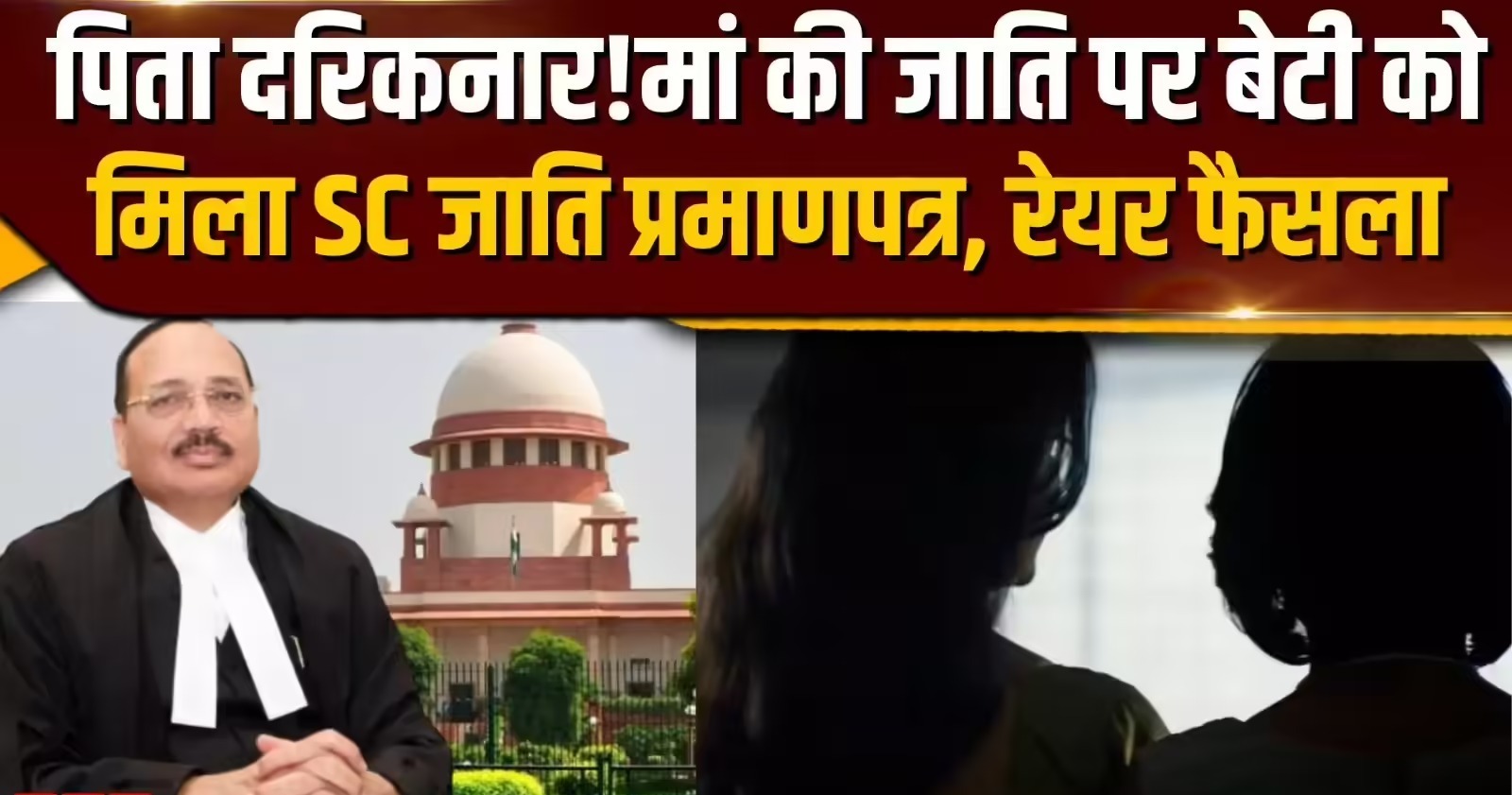P. Diwaker, J
1. This appeal arises out of the judgment of conviction and order of sentence dated 26.2.2013 passed by the learned Additional Sessions Judge,
Dhamtari in S.T. No.39/12 convicting the accused/appellant under Section 302/34 of the Indian Penal Code (for short 'the IPC') and sentencing them
to undergo RI for life and fine of Rs.500/-, in default to undergo additional RI for 2 months.
2. As per case of the prosecution, on 23.4.2012 upon hearing the sound of quarrel, Laleshwari (PW-2) reached near the house of Kanwarlal Gada and
saw that accused persons, including deceased accused Anup, were quarrelling with her mother Shanti Bai (deceased). Accused Asatram was making
allegation that because of her mother he lost his daughter and thereafter all the accused persons caused injuries on the head of her mother as a result
of which she fell down. She immediately rushed to her house and narrated the entire incident to her aunt. Injured Shanti Bai was brought home and
they tried to offer her water to drink but by that time she expired. On 24.4.2012 at about 12.10 in the afternoon Dehati Merg (Ex.P-1) was recorded
at the instance of Laleshwari (PW-2). Dehati Nalishi (Ex.P-2) was recorded at 12.15 in the afternoon. Merg Intimation was prepared vide Ex.P-28.
FIR (Ex.P-19) was recorded on 24.4.2012 against the accused persons for the offence punishable under Section 302/34 of the IPC. Inquest (Ex.P-7)
was prepared over the body of deceased on 24.4.2012. Dr. Hemant Kumar Nag (PW-12) conducted post-mortem on the body of deceased vide
Ex.P-20 and noticed following injuries;-
• lacerated wound at left side of forehead of 2x1cm in size • lacerated wound on left side of occipital region of 5x3 cm in size upto skull bone,
margin irregular and hyperamic clotted blood present on wound.
• conjectural haemorrhage over left side of eye.
The autopsy surgeon has opined that cause of death was coma due to head injury caused by hard and blunt object and the death was homicidal in
nature. Duration of injury was within 36 to 48 hours from the time of post mortem examination. On 25.4.2012 memorandum (Ex.P-11) of the accused
/ appellant No.1 was recorded and based on which one club was seized vide seizure memo Ex.P-13. Seized articles were sent for chemical
examination to the Forensic Science Laboratory from where negative report Ex.P-25 has been received.
3. After investigation, charge sheet against the accused/appellants herein was filed under Section 302/34 of IPC and accordingly the charge under that
section was framed against them by the trial Court. The prosecution in order to bring home the charges levelled against the accused/appellants
examined 15 witnesses in all. Statement of accused/appellants were recorded under Section 313 of Cr.P.C. in which they abjured their guilt and
pleaded innocence & false implication.
4. After hearing counsel for the parties and considering the material available on record, the trial Court by the impugned judgment convicted &
sentenced the accused/appellants in the manner as described above.
5. Counsel for the appellants submits that;-
• conviction of accused/appellant is based on the testimonies of eyewitness Laleshwari (PW-2) & Girija Bai (PW-5), but their evidence is not
trustworthy and reliable.
• on account of arrow injury caused to deceased accused Arun by Dhan Singh, husband of deceased, a quarrel & free fight took place between the
complainant side & the appellants and in the course of said quarrel & free fight the deceased had sustained injuries on her head which resulted in her
death. In these circumstances, it could not be said that the appellants acted in cruel or unusual manner or their act by which the death of deceased
was caused was done with intention to cause her death and therefore the case against the appellants clearly fell within Exception IV to Section 300 of
IPC. • the appellants are in custody for the last six & half years and therefore while converting their conviction under Section 304 Part I or II of
IPC, they be sentenced to the period already undergone.
6. On the other hand, counsel for the respondent-State supports the impugned judgment and submits that the manner in which and the part of the body
where the deceased had been assaulted, the intention on the part of the appellants to cause her death is writ large. In these circumstances, the
conviction of the appellants under Section 302/34 IPC and the resultant sentence is just and proper and no interference therewith is warranted.
7. Ramshila Bai (PW-1) did not support the prosecution case and turned hostile.
8. Laleshwari (PW-2) is the daughter of deceased and also an eyewitness to the incident. She has deposed that on the date of incident upon hearing
the commotion when she reached near the house of Kanwarlal, she saw that accused persons had encircled her mother (deceased) and they were
assaulting her saying that it is she who administered poison to the daughter of accused Aasatram. She has further deposed that all the accused
persons assaulted her mother with club on her head & back as a result of which she fell down and became unconscious. She immediately rushed to
her house and had informed the incident to her aunt Maheshwari and thereafter she again came back on the spot along with her aunt, took the
deceased to home, gave her water to drink and after five minutes she died. She has further deposed that the incident was also witnessed by Durjan,
Ramshila Bai, Lachhim & others. Next day incident was reported to the Sarpanch, who, in turn, gave intimation to the police. In the cross-examination
this witness has admitted that his father is in jail in connection with murder of deceased accused Anup.
9. Rajesh Kumar (PW-3), Durjan (PW-4), Vijay Kumar (PW-6), Kari (PW-10) have not supported the prosecution and turned hostile. Girija Bai
(PW-5) is another eyewitness of the incident. According to her, the accused persons had assaulted the deceased by club & stick. Kanwarlal (PW-7)
is the hear- say witness. Rajuram Sahu (PW-11) is the police person who helped in the initial investigation.
10. Dr. Hemant Kumar Nag (PW-12) is the person who conducted post mortem examination on the body of deceased and noticed the injuries as
mentioned above. This witness also examined the clubs seized from the possession of accused persons and after examination, he opined vide Ex.P-22
that the injuries present on the body of deceased could be caused by the said clubs. In the cross-examination this witness has denied the suggestion
that the injury at the back side of head could come due to falling.
11. Kishore Kashyap (PW-13) is the Patwari who prepared the spot map Ex.P-23. Jitendra Kumar Sahu (PW-14) is the Constable who deposited the
seized articles in the FSL for chemical examination. Lakhan Lal Suryavanshi (PW-15) is the investigating officer who has duly supported the
prosecution case.
12. Close scrutiny of the evidence on record makes it clear that it is the accused/appellants who killed the deceased by causing grievous injuries on
vital part of his body i.e. head, resulting in her death. Incident was witnessed by Laleshwari (PW-2) & Girija Bai (PW-5), who have categorically
stated that they saw accused/appellants herein beating the deceased with club & stick. Evidence of these witness not only finds corroboration from
the promptly lodged FIR (Ex.P-29 & P-30) but also from the medical evidence, according to which, the injuries present on the body of deceased were
ante mortem in nature and caused by hard and blunt object. Nothing could be brought on record by way of cross- examination of PW-2 or PW-6 to
show that these witnesses had any interest in falsely implicating the accused/appellants or they had any axe to grind against them. Though the report
of FSL does not indicate presence of blood on the clubs seized at the instance of accused/appellants, but present being a case of eyewitness account
where they have consistently stated about the act of appellants, the same is not of much consequence. Thus, considering the overall evidence, ocular
and medical, on record, we are of the opinion that the prosecution has been able to successfully prove the complicity of accused/appellants in the
crime in question.
13. Now the next question which arises for consideration of this Court is whether the act of the appellant makes him liable to be convicted under
Section 302 of IPC or for any other offence?
14. From the evidence on record it appears that on the fateful day a quarrel ensued between the accused/appellants and deceased on the suspicion
that deceased had administered poison to the daughter of accused/appellant No.1 and in this process, the accused persons picked up the sticks lying
there and gave blows to the deceased on her head as a result of which the deceased fell unconscious, she was taken to her house by PW-2 where she
succumbed to her injuries. Thus, it is clear that the accused/appellants did not come on the spot armed with any weapon, there was no pre-meditation
on their part to commit the crime and in a sudden fight the accused/appellants have given club blows on the head of deceased which proved fatal.
Under these circumstances, it can be safely presumed that accused/appellants had no intention to cause any bodily injury to the deceased as was likely
to result in her death, however, the appellants can certainly be clothed with the knowledge that in all probabilities their act could cause death. Hence,
this Court thinks that the act of accused/appellants can at best be termed as culpable homicide and not murder and being so, it is covered within
Exception-IV to Section 300 of the IPC. That being the position, this Court is of the considered opinion that conviction of accused/appellants under
Section 302/34 of the IPC is not based on the correct appreciation of evidence available on record and taking into consideration all aspects of the
matter, he can at best be convicted under Section 304 Part-II read with Section 34 of the IPC.
15. As regards the sentence, the appellants are in jail for the last more than six years, they have no criminal past and considering the age of
accused/appellants, we feel that the end of justice would be met if they are sentenced to the period already undergone by them.
16. Accordingly, the appeal is partly allowed. While acquitting the appellants of the charge under Section 302/34 IPC, they are convicted under
Section 304 Part II read with Section 34 of IPC and sentenced to the period already undergone by them. The appellants are reported to be in jail.
They be set free forthwith if not required to be detained in connection with any other offence.

